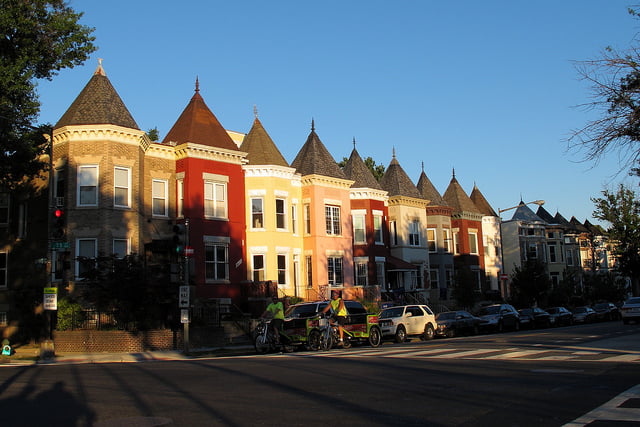
Californians have been increasingly turning to renting their shelter.
The current preference for rentals follows the destructively retrogressive spike in homeownership during the Millennium Boom. It also follows the shift in demand by Generation Y (Gen Y) as they enter the housing market. As a result, the renter population has swelled.
Fewer Californians today are able to buy a home after years of stagnant wages, debt buildup and high home prices in all tiers. These combined factors are driving the increase in the renter population, leading to demand constraints.
More and more renters are competing for existing units in areas of high employment. It is precisely these areas where the existing residents of a neighborhood, the NIMBYs, oppose new developments by imposing restrictive zoning via their city councils. Collectively, they thwart the best efforts of private sector builders to meet demand.
In short, rents are rising and will continue to rise more quickly than wages. Unless this tide recedes, possibly by legislative mandates for proper local zoning, tenants will begin to turn to homeownership as a less expensive alternative.
San Francisco remains the city where rent is rising the fastest in the nation. Overall median rent in San Francisco is climbing 15% year-over-year for the fourth consecutive month, presently at $3,055 per month. The median one-bedroom rental payment hit $3,410 in January, well past the national average of $1,350 per month. This type of sustained rise last took place going into the 1980s, which led to the rent control programs we have today.
Related articles: Renting and owning across counties
Though San Francisco leads the pack, rents in other California cities are grasping onto the trend. The following cities rank the highest in the nation with year-over-year percent change:
- San Francisco at 8.5%
- San Jose at 8.5 %;
- Oakland at 8.1 %;
- Riverside and San Bernardino counties at 5.6 %;
- Sacramento at 5.4%;
- Orange County at 5.3%;
- San Diego at 5.3 %; and
- Los Angeles at 5.2%.
Some of the highest projected monthly effective rental rates for 2015 include:
- San Francisco at $3,040;
- San Jose at $2,486; and
- Riverside and San Bernardino counties at $1,231.
In proper response to rising rental rates, multi-family construction will need to rise — soon and rapidly — to meet the demand if the howls of rent control are to be silenced. Multi-family construction trends indicate 29,600 multi-family housing starts took place in a six-month period ending March 2015, and total starts for 2015 are forecasted to be 53,200. In a word: insufficient by over 100,000 annually.
Higher demand for rentals has a lot to do with the generational preferences fueling this trend. Millennials of Gen Y are finding jobs and moving out of cohabitation with friends and relatives to form their own households. They are showing a strong present tendency to rent rather than own. Thus, Gen Y will be the primary driving force increasing rental occupancy rates through the end of this decade – unless the builders are allowed to build and construction workers get to go back to work.
Related articles: Rentals: the future of California real estate?
What is the long-term effect of this rental preference?
Renters historically spend about a third of their income on housings costs. In comparison, the average Los Angeles resident pays nearly 50% of their income on rental expenses. More money spent on rental shelter translates to less money saved for a down payment.
For an agent today, this means a rising trend of rental demand with residential rental property. In turn, rentals will emerge as profit centers for both landlords and property managers since earnings for both are based on rental rates and the number of available rental units. The drop in construction of single family residences (SFRs) and the increase in construction of multi-family housing will leave agents in urban areas to consider adding property manager to their title, normally a recession-proof occupation. Demand for property management skills will most likely rise with the economy throughout this decade.
A cautionary tale is needed for investors in apartments and builders of SFRs: at some point in the next several years, a switch in housing demand will take place as Gen Y starts to have children. They will abandon apartment living and head for homeownership just like their Baby Boomer parent did in the late 1980s and early 1990s (though far less likely to head for the distant suburbs).
That housing switch will catch apartment investors and builders out on a limb, but only by surprise if they do not understand the paradigm shift in demand is coming
No comments:
Post a Comment